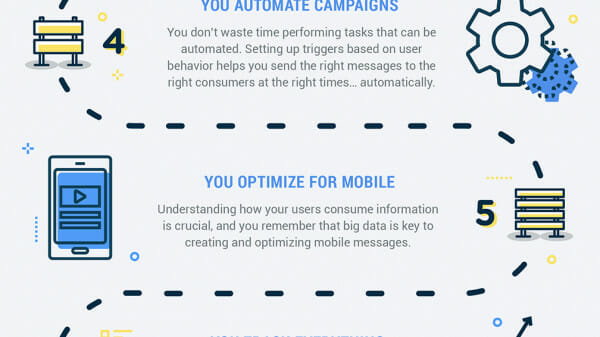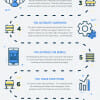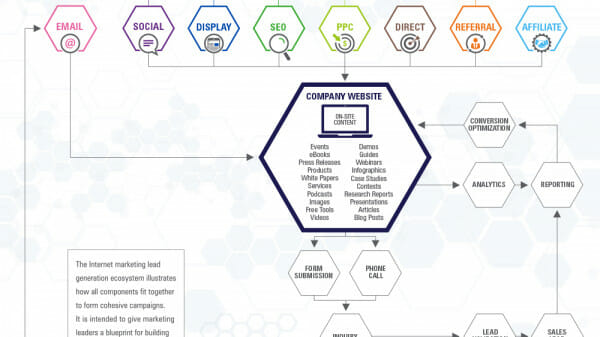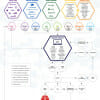Although multivariate testing can get the job done more quickly than A/B testing, there are also instances when you would have a greater need for the more drawn-out process and consequently the more elaborate data that only split testing or A/B testing can provide. With just two variations of a single element to test out, there is absolutely no room for mistake. Any mistake when performing this type of test can only be laid on your feet. Certainly, it would have a huge and undesirable impact on the accuracy and reliability of the results of your test. In order to execute this type of test flawlessly, you may want to consider the following tips below. This post will go into getting better results with A/B Testing methods for your pay per click ads. Testing is key, we walk you through why!
Understand the fundamental elements of A/B testing.
The first thing you have to do is to understand that certain components of A/B testing must remain consistent and are not the type that you can tweak with or modify according to your preferences. More to the point, this type of test must be characterized by the following in order to work effectively.
It must conduct a test for one website component at a time.
A & B variations should represent the existing and potential future versions of the element being tested.
The tests must be run simultaneously.
Data generated by the tests must be thoroughly assessed and analyzed to come up with accurate and reliable results.
Anything else about A/B testing may be just as long as you work faithfully according to the aforementioned principles.
Be patient.
Obviously, this type of test is a lot less complicated than multivariate testing. On the other hand, it will require you to spend more time than usual just to obtain a complete and clearer picture of how your website appears to your target market. Since you cannot test more than 1 component at a time, there may be instances when you would feel frustrated and impatient about the entire process. That’s normal and understandable. However, those feelings should not be something you allow yourself to indulge in at all times. They are extremely counterproductive and, as such, won’t help you improve on your web design in any way.
Define your purpose.
A/B testing is also likely to produce better results if you have a specific purpose in mind for conducting this type to test. When it comes to identifying what your purpose is, you should simply ask yourself this question: Wh
at do you want your web design to achieve?
With that as your goal, you should not allow yourself to settle for second best results. Nothing but the best should satisfy. Otherwise, all the time and effort you have expended on conducting tests would have been in vain.
For some people, purposes are best defined as conversion rates. That is certainly fine, but it’s you alone who can determine which conversion rate would work best for your needs as well.
Identify critical factors.
Once you have a specific purpose for conducting this type of test established, you can then move on more easily to finding essential components of your test. Basically, this stage is all about figuring out which elements or components of your website are doing well as they are and which ones have to be modified or replaced with something entirely new.
It’s more than possible that you won’t get the results you need with your first few tests. Again, that’s only normal and to be expected. It’s nothing to be frustrated about since figuring out what’s wrong is all part of the procedure.
When identifying the critical components that have to be subjected to A/B testing, it’s very important to remember that no element is too big or too small for your purpose. What’s important is finding the exact component responsible for the current condition or performance of your website.
Take your time with interpretations and analysis.
Getting the factors and variations right are just the first steps to A/B testing. The following stages are just as critical. When you have completed the test, you will be able to accumulate a certain amount of data which cannot be considered actual results just yet. For data to turn into results, you need to work on interpreting and analyzing the data first. You need to ask yourself the sort of questions listed below to figure out what such data signifies.
Which part of the data can be used to compute a particular conversion rate for your website?
Is the data conclusive or should additional tests be performed?
Is the data suggesting you keep the existing version or should you go for the new variation?
Final step: Continue Testing!
Internet marketing is like a game in which rules practically change at a daily basis. The only way to keep up and stay ahead of your competition is to regularly test every aspect of your website and ensure that everything about it is still helping you reach your goal. Continue testing is the final step and our way of concluding our guide here because you’re never ever finished when it comes to converting high traffic to sales. Sometimes things may not turn out to go the way you wanted it to go and perhaps changing anything on your website might decrease the web traffic but it may convert the traffic to a higher ratio for sales. Perhaps you have refined everything going perfectly well that all your high traffic converts to 90% of sales.
Whichever path you choose to go to, the only way to gain the success you want is to continue testing, because no matter what kind of success you have, you should always refine and perfect your website. Rules change in SEO constantly, so you’ll never know, but the good news is you’re more than halfway done to having a successful online business.
So continue testing and getting better results!
Ruben Corbo is a freelance writer that writes about technology, gaming, music, and online marketing where you can read more about A/B Testin and product recommendation engines. Ruben is also an avid gamer and music composer for short films and other visual arts. You can read more about this particular subject at Maxymiser as well as traffic to sales converting topics.








